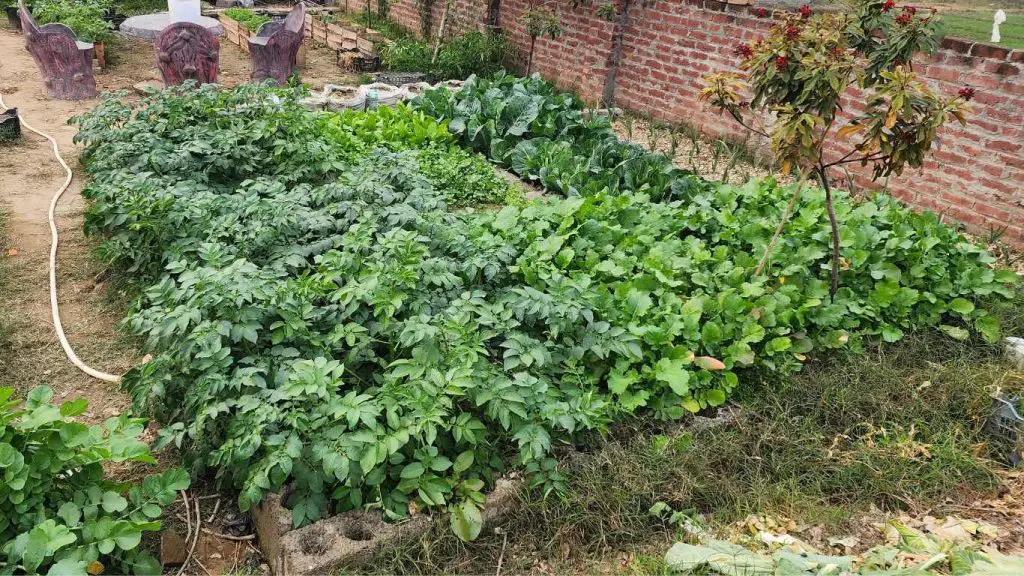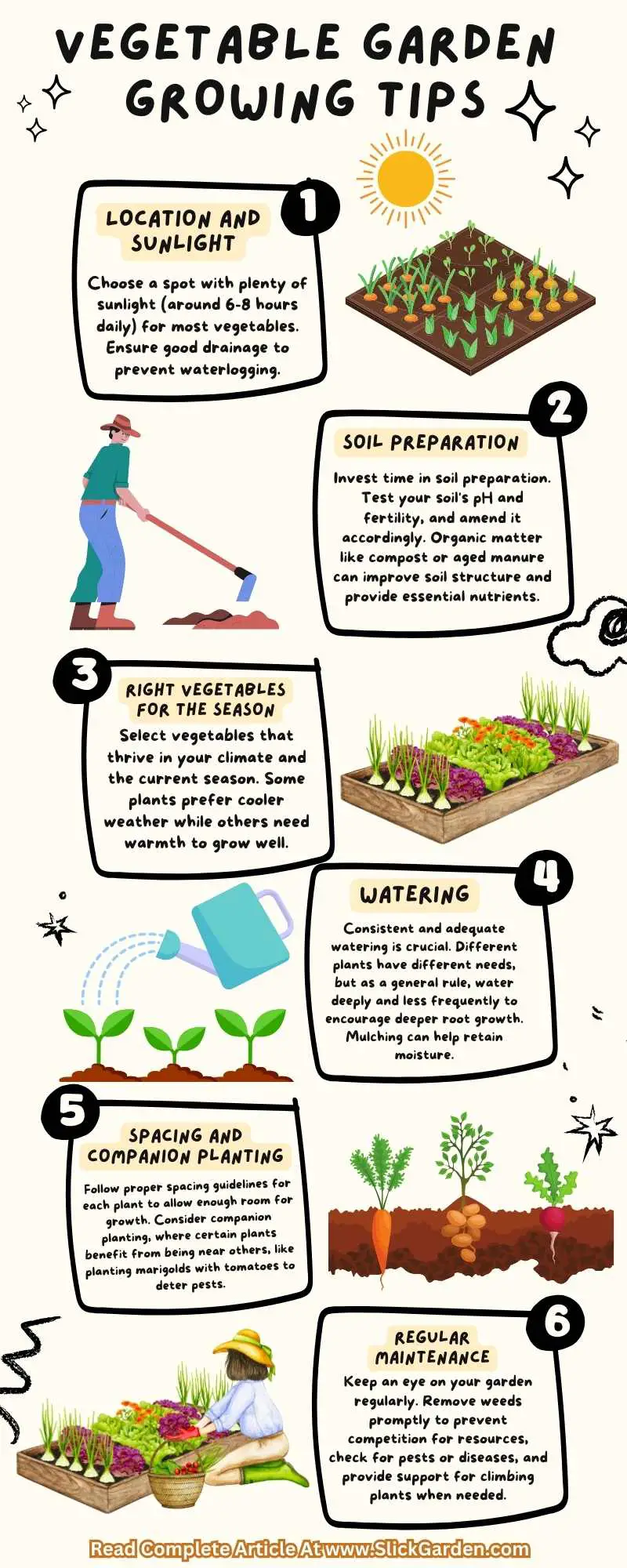Over the past few weeks, there has been a lot of buzz surrounding the rising prices of vegetables in North America.

As food prices continue to increase, an increasing number of homeowners are embracing the idea of having vegetable gardens to help reduce their grocery expenses. If you’re just starting out with gardening, especially food gardening, here are some essential tips to help you get started.
1. Pick The Right Location.
Choose a location that gets plenty of sunlight, ideally for 6-8 hours each day. Make sure that the area has proper drainage to avoid waterlogging. Avoid choosing low-lying areas that are susceptible to flooding. Choose a spot close to a water source to make irrigation easier.
Ensure the soil quality is optimal by making sure it is rich in nutrients and drains well. Steer clear of areas that have soil that is tightly packed or filled with rocks. Take into account the distance from your home to ensure convenient access and easy monitoring.
Additionally, it’s important to evaluate the level of wind exposure and take measures to protect delicate plants from powerful gusts. Finally, if there is enough space, it is advisable to consider implementing crop rotation as a way to preserve soil fertility. Selecting the right location is crucial for a successful vegetable garden.
2. Soil Is Everything.
Soil is absolutely essential for a successful vegetable garden! It forms the basis, the essential element, the very platform on which your green aspirations come to life and thrive. Picture it like a lively marketplace, filled with unseen activity: earthworms tirelessly aerating the tunnels, helpful microbes exchanging nutrients, and the intricate root systems of your plants eagerly navigating.
Quality soil is more than just ordinary dirt; it represents a meticulously balanced ecosystem. The composition of sand, silt, and clay in the soil is crucial for proper drainage, water retention, and overall structure.
It provides a wide range of nutrients that are vital for promoting robust plant growth, including minerals like nitrogen, phosphorus, and potassium, as well as organic matter.
However, this marketplace requires attention. Enhancing your soil with compost, mulch, and cover crops is a great way to incorporate essential organic matter. This helps to attract beneficial microbes and earthworms, which contribute to the overall health of the system.
Consistent testing and adjustments ensure that the nutrient balance is optimal, while appropriate watering techniques maintain the marketplace’s hydration levels without causing any flooding in the aisles.
3. Start With Easy Vegetables That You Like.
If you’re new to vegetable gardening, it’s worth considering vegetables that are simple to grow and offer both satisfaction and versatility. Start with tomatoes, as they are available in a wide range of sizes, shapes, and flavors, and can grow well in various climates.
Lettuce is a great option that is easy to cultivate and ideal for fresh salads. Growing carrots can be a straightforward and satisfying experience, especially when planted in loose, sandy soil.
Zucchini and other summer squashes are excellent choices for novice gardeners due to their abundant yields. Bell peppers, whether they are the sweet or hot varieties, are typically easy to take care of and can thrive in either pots or garden beds.
In addition, green beans are easy to grow and produce a bountiful harvest without much effort. Begin with these straightforward vegetables, and as you become more skilled, you can gradually diversify your garden with other thrilling and more demanding crops.
4. Make Friends With Pollinators.
Enhance the biodiversity of your vegetable garden by incorporating a variety of herbs and flowering plants in or around your garden, which will naturally attract pollinating and beneficial insects.
Ladybeetles and other beneficial insects can provide valuable assistance in controlling pest insects like aphids. Using fewer pesticides in your garden can help promote the well-being of bees and other beneficial insects.

Keep Reading:
- Are Marigolds Good For Vegetable Gardens?
- Raised Bed Vegetable Gardening For Beginners
- Dos And Don’ts Of Vegetable Garden
5. Water Wisely.
Even with any natural rainfall, most vegetable plants only need one inch of water per week. An easy and efficient way to irrigate is with drip lines and soaker hoses.
These irrigation systems make sure that water is applied precisely and gradually, which gives roots plenty of time to absorb the moisture and hydrates the soil to the right degree. This encourages healthy plant growth by keeping the foliage dry.
Long-term dampness of foliage might promote the growth of illnesses. This important duty can be made simpler and more efficient by using automatic timers, which also eliminate the need for human labor and ease any worries or tension.
6. Use Mulch.
Mulching your vegetable garden can have numerous advantages. Mulch serves multiple purposes, including retaining soil moisture, regulating temperature, inhibiting weed growth, and contributing organic matter as it decomposes.
For your vegetable garden, it’s best to go with organic materials such as straw, shredded leaves, grass clippings, or wood chips when selecting mulch. Add a layer of mulch, approximately 2-4 inches thick, around your vegetable plants.
Make sure to leave some space around the stems to avoid rotting. Mulching has additional benefits that go beyond just promoting healthier growth for your vegetables. It helps prevent soil compaction, erosion, and nutrient leaching, creating a more favorable environment for your plants.
In addition, organic mulches can enhance the soil by releasing nutrients that are vital for the growth of plants as they break down. Make sure to regularly add new mulch as it breaks down to keep enjoying its advantages all season long.
